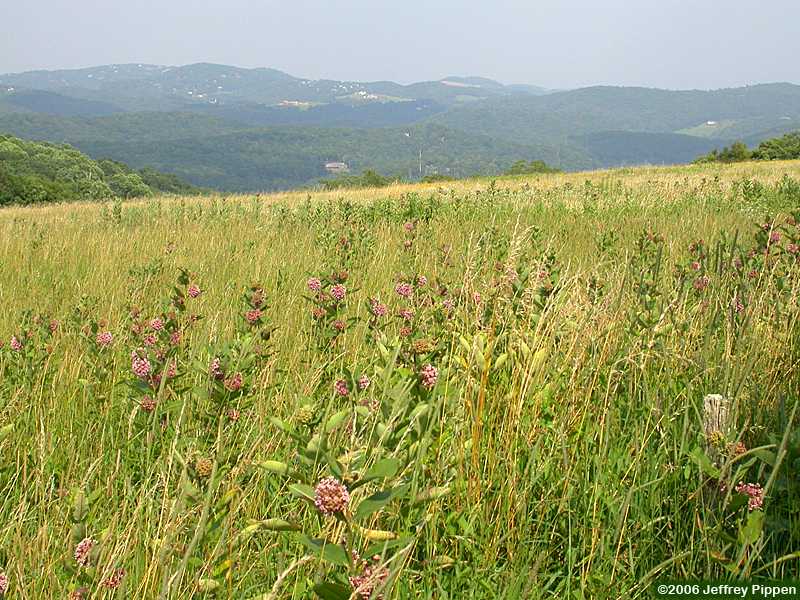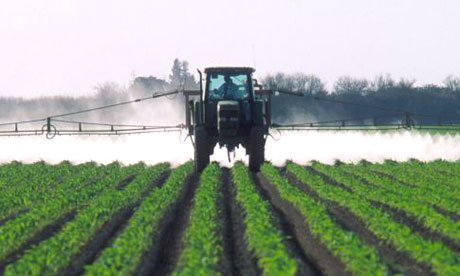Those I am talking about are the bees and butterflies. I had the chance to walk the farm yesterday. It was early evening. Just when it cools off just a little. In years past I can remember there being thousands of butterflies and bees flying around in the pastures an fence rows. I did not see a single monarch butterfly and very few bees. Not a single bumble bee. Later towards dark the swarms of gnat and mosquitos where few too. Then after dark maybe less than ten fireflies in the yard. I can remember there being thousands in the lower parts of the yard.
This is new for this year. There are fewer flies too. It seems like the insect populations are really down around here. (Northeast Iowa) Is the cause the late cold weather when it dipped to 23 degrees??? Is it the heavy down pouring rains we seem to be getting twice each week??? We are not getting slow easy one inch rains. We get one inch in ten minutes. I about have the gravel in the drive worn out dragging it back up the hill. LOL
Just puzzling seeing the difference in things this year. It has been really hot and humid here this week too. Usually this leads to more bugs.
It seems like there are more problems with many common small creatures in our world. Honey bees are struggling in many places. The common bats are having troubles with diseases too. There is a colony of them in the top of the one old shed. I leave them be as I like to watch them hunting bugs at night. There used to be 30-40 adults bats in this colony. Now it is around 10-15. They even seem to be fewer baby bats around than the lower population would cause.
It seems like the entire world is struggling with troubles. Plants, animals and humans seem to not be able to live together in any type of harmony.
This is new for this year. There are fewer flies too. It seems like the insect populations are really down around here. (Northeast Iowa) Is the cause the late cold weather when it dipped to 23 degrees??? Is it the heavy down pouring rains we seem to be getting twice each week??? We are not getting slow easy one inch rains. We get one inch in ten minutes. I about have the gravel in the drive worn out dragging it back up the hill. LOL
Just puzzling seeing the difference in things this year. It has been really hot and humid here this week too. Usually this leads to more bugs.
It seems like there are more problems with many common small creatures in our world. Honey bees are struggling in many places. The common bats are having troubles with diseases too. There is a colony of them in the top of the one old shed. I leave them be as I like to watch them hunting bugs at night. There used to be 30-40 adults bats in this colony. Now it is around 10-15. They even seem to be fewer baby bats around than the lower population would cause.
It seems like the entire world is struggling with troubles. Plants, animals and humans seem to not be able to live together in any type of harmony.




